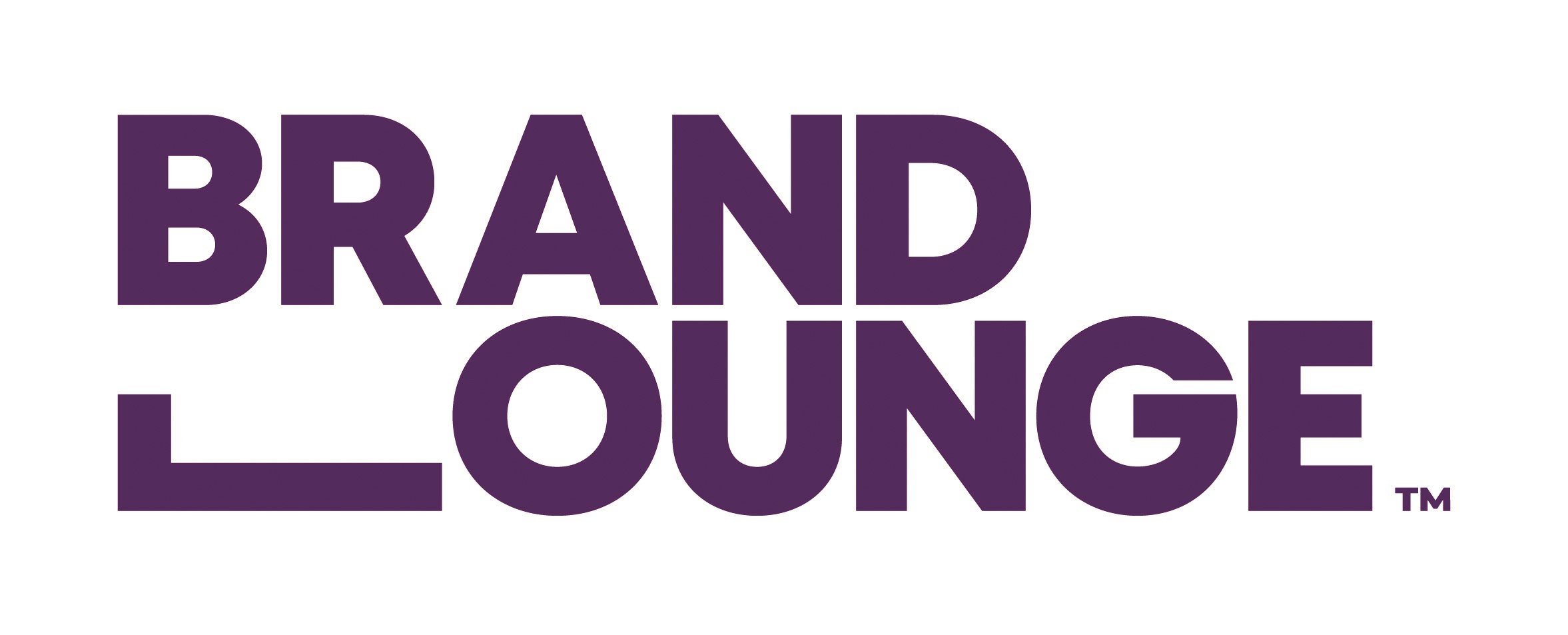When Brand Lounge wanted to update its own visual identity, the Dubai-based agency had to reckon with the age-old question, quis custodiet ipsos custodes. Jack Cousins finds out who brands branding agencies
Sometimes the art of branding can touch on deeply philosophical questions. The Latin phrase quis custodiet ipsos custodes, attributed to the Roman poet Juvenal, literally asks, “Who will guard the guards themselves?” Associated with political tyranny, the phrase has been popularized to mean “Who will hold those in power accountable?” »
Juvenal’s question touches the human spirit so deeply that it could be interpreted in modern contexts in ways the poet, who died in the second century, could not have imagined. When a design agency specializing in brand development wants to switch brands, who do they turn to for honest advice, free from all the biases and illusions that humans naturally harbor? Contrary to the Roman satirist’s warnings, the agency will often rely on itself.
In the turmoil of a competitive landscape, agencies have no incentive to enlist the help of rivals, which means the onus falls on those closest to the business itself. This has even been proven in some of the biggest brand agency rebranding exercises in history, none bigger than the formation in 2018 of the Superunion mega-agency of Brand Union, partners, Lambie-Nairn, the Addison group and VBAT.
With the merger decision announced in September 2017, the five agencies were given approximately four months to complete the daunting task of creating a cohesive brand that all parties could agree on. The new agency’s global creative director, Greg Quinton, opted for a unity brand idea, with much of Superunion’s visual identity revolving around combining two things to create one in an unexpected way. , much like the fusion itself.
Now, more than four years later – and having retained the original agencies’ biggest clients like Fifa and Ford – the question is not whether Superunion was a branding success, but how it was possible. . Indeed, Socrates’ solution to this riddle posed in Plato’s “The Republic” was simply to trust the guardians (those in power) to act responsibly. For him, a branding agency not branding itself would be absurd.
That’s not to say it wouldn’t surprise some people in the industry. Mo Saad, head of design and creative impact at Dubai-based agency Brand Lounge, was interviewed by designer friends when the agency opted to rebrand earlier this year. “They asked me, ‘Did you do your own work or did someone else do it for you?’ Saad says. “I said we were doing it ourselves, and they told me it was difficult; nobody does their own thing because it gets very biased.
With the agency initially based in Dubai, Brand Lounge has built a strong reputation in building and activating brands, quickly adding a new office in Riyadh, Saudi Arabia. More than 15 years later, the agency has a strong list of global clients in the Gulf region and beyond, including P&G, Del Monte Foods and UAE health insurance specialist Daman.
Despite the agency’s growing success, its brand identity was in its third iteration and was beginning to be perceived internally as outdated. The former Brand Lounge brand was characterized by the use of an ampersand, representing the ideas of partnership, co-creation and cooperation, as well as a metaphor for the meeting of Eastern and Western worlds. As international competitors began to use the ampersand, the global design agency knew it was time for a change.

Saad says, “We’ve seen a lot of agencies go to the ampersand themselves. We realized we had been doing this for seven years and now there are new market entrants using the same story. This kinda defeats the purpose!
Brand Lounge decided to invent a new story for itself, but was marred by a number of challenges in this unique project which Socrates’ proposal to trust people failed to take into account.
“It was a constant and very difficult process,” says Saad. “A lot of times we got into arguments and nitpicking, and there were times when we were completely at odds with each other.”
The agency persevered. Deploying the same proven methodology it would use on clients, Brand Lounge began by asking questions such as: “What do we bring as advice” and “How do we impact clients?” Saad realized that despite all the successful work Brand Lounge had created over the past 15 years, the previous identity struggled to speak of impact. It was the maximization of customer brand value that set them apart from the rest.
Fittingly, the agency created “the maximizer,” a bold and clean L-shaped graphic device that is found throughout the new brand and appears across all relevant channels. While the use of the ampersand was quite rigid, the flexibility of the maximizer allows Brand Lounge to tell a specific story at that specific moment. In one form, it can be a baguette when launching a series of branded breakfasts or an Allen key or a constellation of stars.
“When we thought about what we wanted as an identity, we said we wanted something very simple,” Saad explains. “We carried out a very extensive audit of all market players, whether global or local. The consulting firms and agencies that really stood out were those that didn’t have an overwhelming visual identity.
“Most of our culture and heritage in the office is of Arab origin, and most of our clients are in the region, for the region. So we also wanted to make sure that the typography we chose would also work in Arabic and English.”